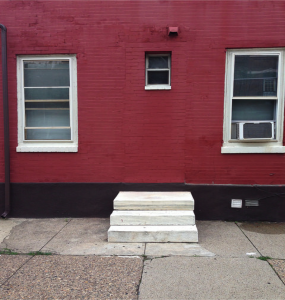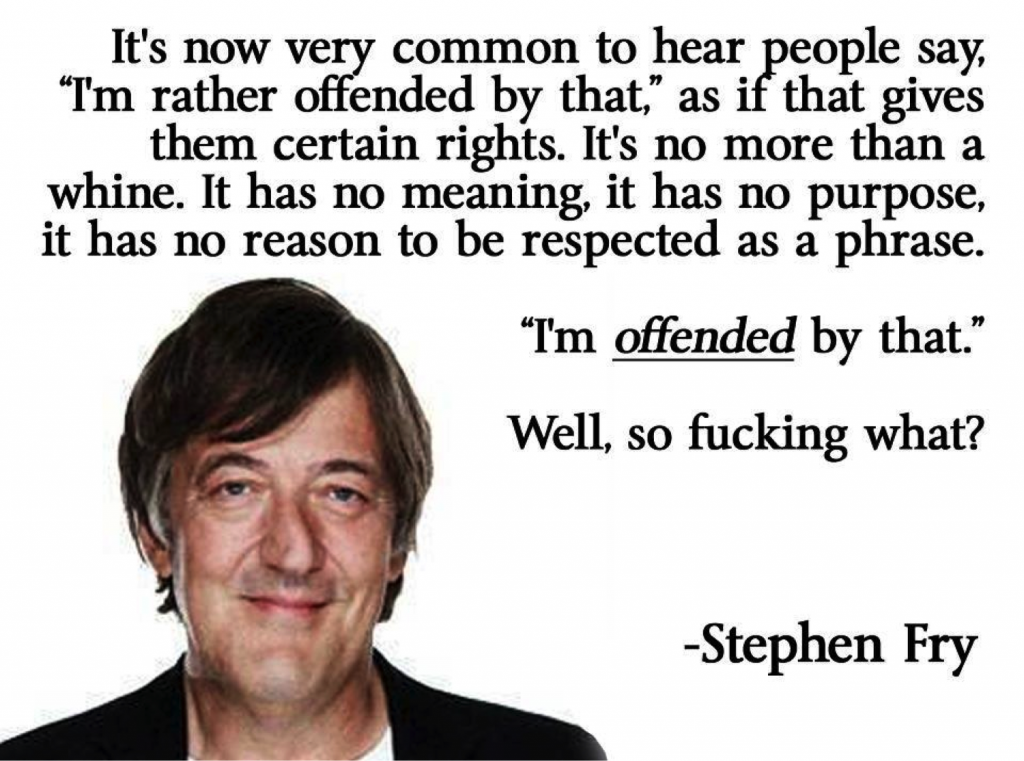The lecture began with a short piece on population. The future of the world is urban centers and the population of the world will arrive at 10 billion people. This has nothing to do with large families. Because as Hans Rosling explains in this talk. We are not having more children but the the population is aging. He talks of “the big fill up”.
That we are moving from the countryside to the cities and have been doing so for a really short period of time. So while Urban settlements appeared around 3,000 B.C. in ancient Mesopotamia, Egypt, and the Indus Valley we were mostly country dwellers until about 2008.
In 1800, only 3% of the world’s population lived in cities, a figure that rose to 47% by the end of the twentieth century. In 1950, there were 83 cities with populations exceeding one million; by 2007, this number had risen to 468. (Wikipedia).
Despite this there has been a long tradition of the viewing the city as a bad place and the countryside as a good place. In poetry we can see this trend as far back as to the bucolic poetry of Theocritus (c. 270 BC). Basically the city is unhealthy for both mind and soul.
Today the concept of the city is a space that is divided up into an inner zone which usually matches the boundaries of the old industrial city and suburbia, which was designed for the automobile, beginning from the 1920s.
One of the creators of suburbia (both as a concept and a reality) in the USA was the property developer William Levitt whose massive construction and development of whole regions spawned copies all across the country. In Levitttown home construction began in 1952 and 17,311 homes were built by 1958. At its peak, through an intense division of labor, the workers were building a home every 16 minutes.
A home in 16 minutes. Perspective – how long did it take for you to wake up and get dressed this morning?
Levittown was also a highly regulated space, designed to conform to the ideal of the American family. Among the rules were things like: no laundry hanging outside on Sunday, and no fences between properties. More seriously Levitt did not sell homes directly to African Americans. In 1957 an African-American family, the Myers, bought a home from the previous owners
Their move to Levittown was marked with racist harassment and mob violence, which required intervention by state authorities. This led to an injunction and criminal charges against the harassers while Myers and their supporters refused to surrender and received national acclaim for their efforts. Wikipedia
The dream of suburbia is also reflected in the ideology of the time. Personal property was good for the individual and for the society. The words of Sen. Charles Percy (1966) are interesting here:
“For a man who owns his home acquires with it a new dignity… He begins to take pride in what is his own, and pride in conserving and improving it for his children. He becomes a more steadfast and concerned citizen of his community. He becomes more self-confident and self-reliant. The mere act of becoming a homeowner transforms him. It gives him roots, a sense of belonging, a true stake in his community and well being.”
Indeed Percy is expressing what is to be considered the norm. This norm becomes that which is supported socially, economically and politically. If a society believes that home ownership is the keystone of society then it will invest in ensuring tax incentives for the creation of a wider base of home owners in society.
The ideal of the suburban homes has its most interesting expression in the front lawn. Naturally, our understanding of this artifact is colored by both our time and our space. But it is interesting to see that the large expanse of expensive green desert in front of peoples houses (in American suburbia) is never used, highly maintained and costly. It is all about signalling. This resonated with many students and stories of the ways in which neighbors are judged by the appearance of this empty piece of land were shared.
But the connection between private property and community involvement is under question. Salon Magazine reported on the increase in renting homes in USA and the way in which this does not signal the end of community:
Philly, a recent survey of renters conducted by the city found unexpected levels of social engagement. Planners were surprised by how many renters knew their neighbors, participated in neighborhood events and helped maintain the physical environment through volunteer work.
Indeed renting is the norm in many other countries and it is growing in the birthplace of suburbia. There is also a growing critique towards the ways in which suburbs are problematic on many levels. One suburban critic is Charles Marohn who is interviewed in The Suburbs Will Die: One Man’s Fight to Fix the American Dream
The “suburban experiment,” as he calls it, has been a fiscal failure. On top of the issues of low-density tax collection, sprawling development is more expensive to build. Roads are wider and require more paving. Water and sewage service costs are higher. It costs more to maintain emergency services since more fire stations and police stations are needed per capita to keep response times down. Children need to be bused farther distances to school.
The article was written by Leigh Gallagher whose book The End of the Suburbs came out in 2013.
Among the other critiques (environmental, social, economic) an interesting, and maybe counter-intuitive, study shows that suburbia may even be bad for your health. The Atlantic ran an article called “Do We Look Fat in These Suburbs?”
“Garrick and Marshall report that cities with more compact street networks—specifically, increased intersection density—have lower levels of obesity, diabetes, high blood pressure, and heart disease. The more intersections, the healthier the humans.”
 In the last section of the presentation I moved on to the city and the users. Once again the point here is to show that there are “ideal” users and that those who do not conform are not welcome to the city.
In the last section of the presentation I moved on to the city and the users. Once again the point here is to show that there are “ideal” users and that those who do not conform are not welcome to the city.
We have talked about anti-homeless design or uncomfortable design in the last lecture Control By Design. But what I wanted to get on to was the ways in which the city is being used. The ways in which our public spaces are most probably not public anymore but they are privately owned and therefore no longer need to conform to the rules of the public space. Or rather they can be made to fit the ideals of the owner.
Showing the ways in which spaces are used in alternative ways I mentioned the case of The Hess Triangle
In 1910, nearly 300 buildings were condemned and demolished by the city to widen the streets and construct new subway lines. David Hess battled the city to keep the Voorhis, his 5-story apartment building. He resisted eminent domain laws for years, but was ultimately forced to give up his property.
By 1914, the 500-square-inch concrete triangle was all that remained of Hess’ property. As if his loss wasn’t bad enough, the city asked him to donate the tiny portion of concrete to use as part of the public sidewalk. Out of spite, Hess refused the offer. On July 27, 1922, he had the triangle covered with mosaic tiles, displaying the statement, “Property of the Hess Estate Which Has Never Been Dedicated For Public Purposes.” Atlas Obscura
And the Seattle nail house that seems to have been the inspiration for the movie Up. Edith Macefield refused to sell her house while a mall was being built around it. In 2006 she turned down US$1 million to sell her home to make way for a commercial development in the Ballard neighborhood of Seattle.
We closed the lecture by talking about strange little remnants of architecture and city planning: desire paths and Thomassons. The latter is
a term launched by Genpei Akasegawa in 1972, and refers to an architectural detail that is both completely and utterly useless, but is still being maintained. These steps in south Philly are an example:

And here are the slides I used











